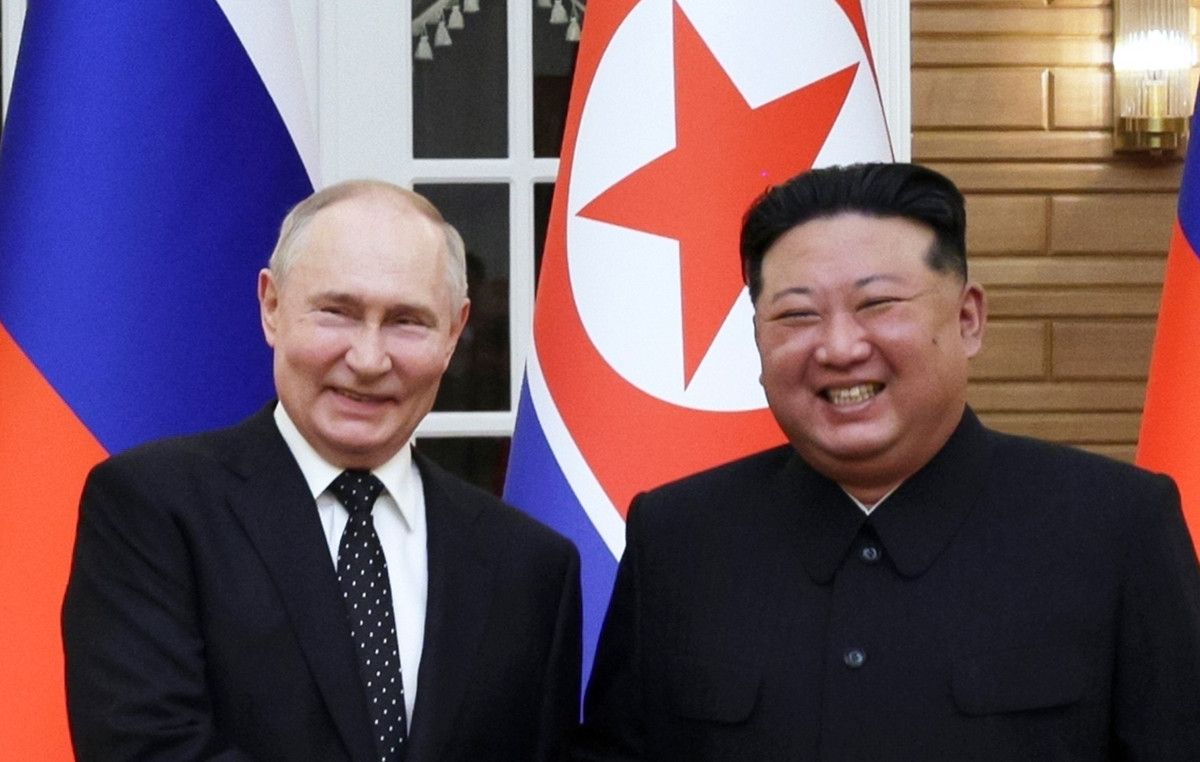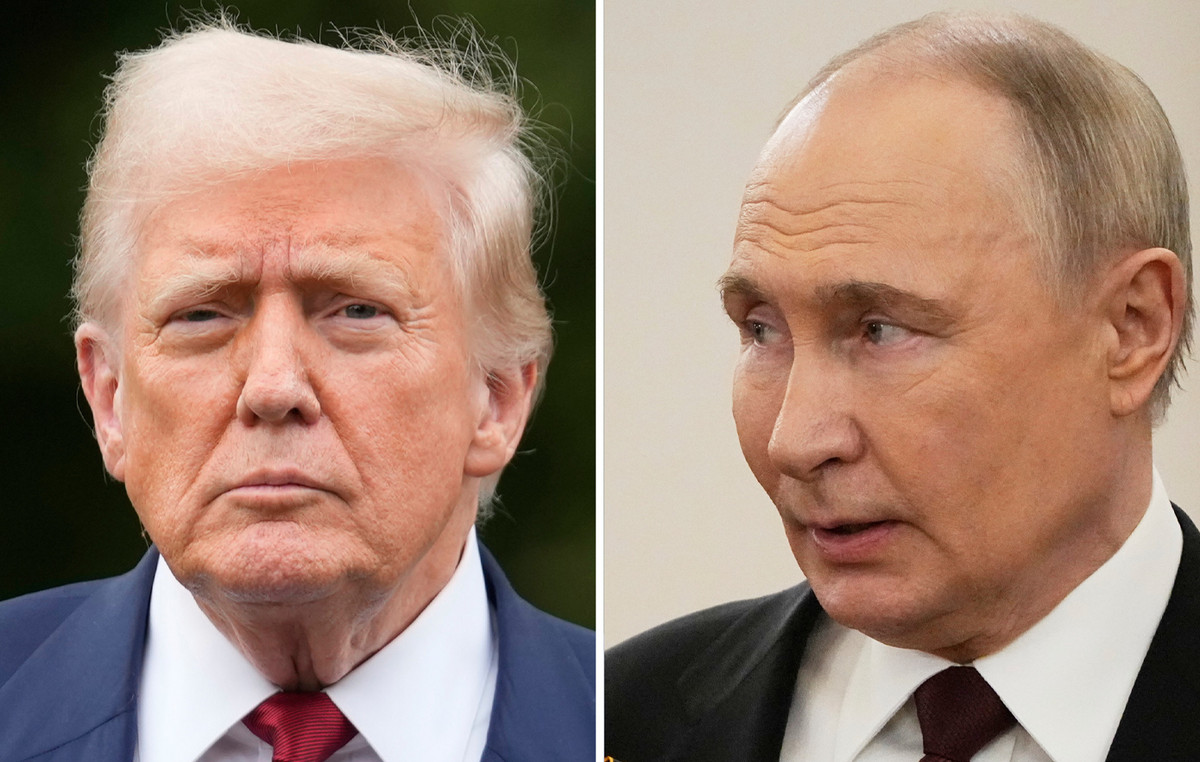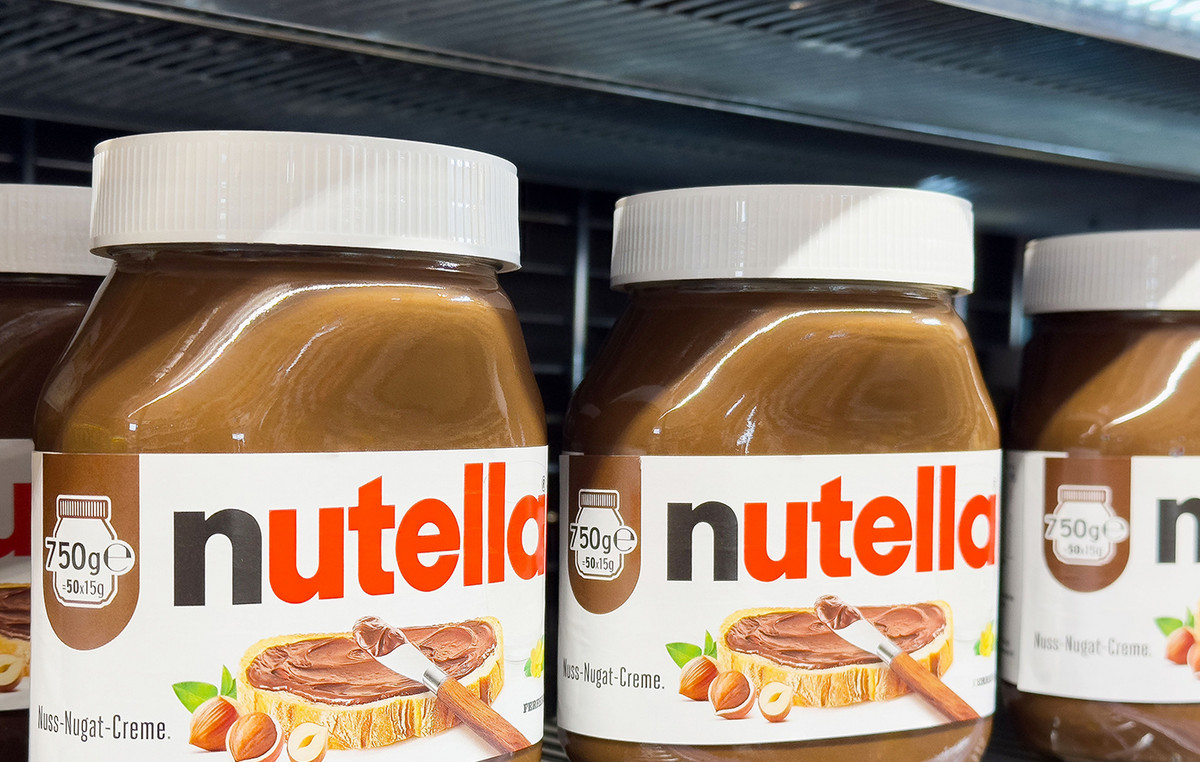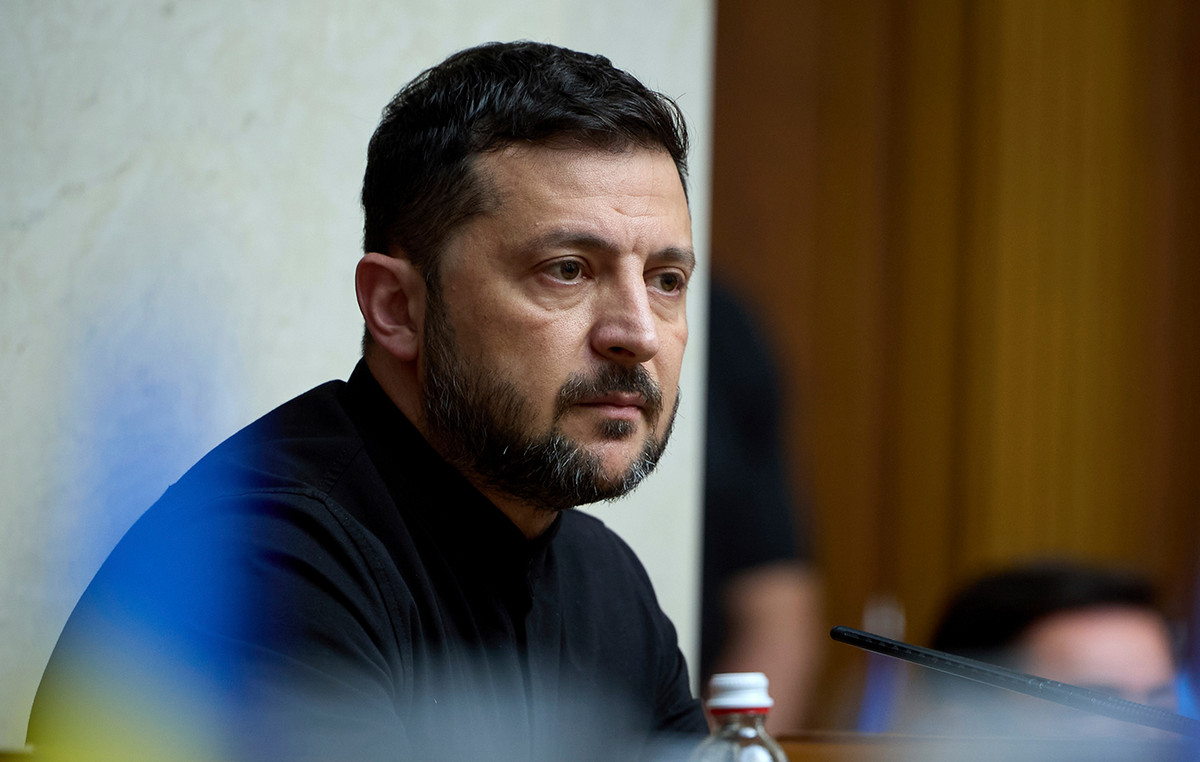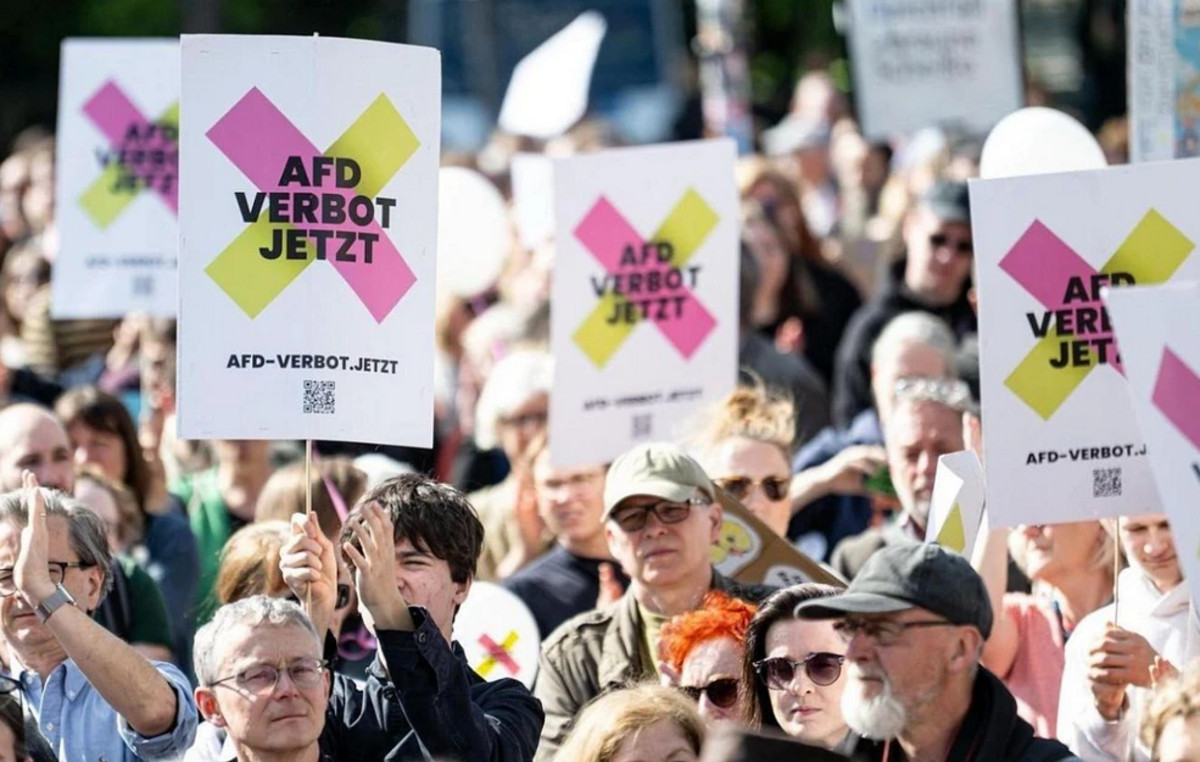The European Central Bank (ECB) announced on Thursday that it kept the official interest rates unchanged after the July monetary policy meeting, as expected. With this decision, the interest rate of the main refinancing operations, the interest rates of marginal credit ease and the ease of deposit were 2.15%, 2.4%and 2%, respectively.
Join our live coverage from the ECB here
History in development, please update the page for more novelties.
This section was published as an advance of the monetary policy ads of the European Central Bank (ECB) at 05:00 GMT.
- The European Central Bank is expected to maintain key rates without changes for the first time in more than a year on Thursday.
- The inflation rate of the Eurozone has reached the objective of 2% of the ECB while the uncertainty persists on the commercial agreement between the US and the EU.
- The EUR/USD torque could experience intense volatility after the ECB policy ads.
The European Central Bank (ECB) is on its way to leaving its key interest rates without changes after its July policy meeting, after having reduced rates in each of its last seven meetings. The decision will be announced on Thursday at 12:15 GMT.
The decision on the interest rate will be followed by the press conference of the BCE president, Christine Lagarde, at 12:45 GMT.
The ECB policy ads will probably have a significant impact on the performance of the EUR/USD, since the euro (EUR) is expected to experience intense volatility after the decision and during the press conference of President Lagarde.
What to expect from the decision about the ECB’s interest rate?
With a decision not to change the widely anticipated rate, the approach will be in the ECB’s policy statement in search of clues about whether the Central Bank will resume its cycle of rates cuts later this year in the midst of uncertainty about the potential impact of the highest tariffs in the United States (USA) in the eurozone economy and a stronger euro.
The main reason behind the probable ECB pause is the inflation of the block, measured by the harmonized consumer prices index (IAPC), which returned to the goal of the bank of 2% in June.
Although the inflation of services, which is closely followed, rose slightly to 3.3% in June, after cooling in May to 3.2%, the indicator was still below a 4% reading in April.
In addition, the growing tensions about the probability of a commercial agreement between the US and the European Union (EU) before the deadline of August 1 could persuade the ECB to remain in a waiting mode on Thursday.
Citing some officials of the European Commission, Financial Times reported Wednesday that the EU and the US are approaching a commercial agreement that would impose tariffs of 15% to European imports, while exempting some articles from tariffs.
The Central Bank will seek more clarity on the commercial scenario before considering any change in its trajectory of interest rates.
Another factor that the ECB could consider when determining its path to follow on interest rates is the appreciation of the EUR until now this year, which has been helped by a downward trend in the US dollar (USD).
The erratic commercial policies of the president of the US, Donald Trump, and the repeated attacks of the Federal Reserve of the US (FED) have been the main catalysts behind the downward trend of the USD.
The narrative that a stronger EUR could reduce imported inflation, in turn, increasing the chances of inflation staying below the objective of the ECB, could lead the bank to resume rates cuts later in the year.
Therefore, prudence on the road cuts path seems to be the optimal decision for the Central Bank in July, with the markets anticipating a rate cut at the September meeting.
How could the ECB meeting impact the EUR/USD?
In the face of the confrontation of the ECB, the EUR/USD torque is recovering from a minimum of three weeks of 1,1556. Will the change be maintained?
If the ECB monetary policy declaration or president Lagarde suggests that the deflationary trend remains intact, despite the impact of tariffs, it could relive the expectations of tanks of rates for the end of the year. In this scenario, the EUR/USD could resume its correction from maximum of several years.
On the other hand, the EUR/USD could recover more land if the ECB recognizes potential risks for inflation and lagarde adheres to the approach ‘Data dependent’ of the bank to evaluate the impact of the tariffs.
DHWANI MEHTA, main analyst of the Asian session at FXSTERET, offers a brief technical perspective for the EUR/USD:
“The EUR/USD recovered the simple mobile average (SMA) critically in 1,1709 on Tuesday, while the 14 -day relative force index indicator (RSI) remains firm about 63, pointing out a slight bullish impulse and suggesting that there is still more rise on the horizon for the main currency pair.”
“Uploaded, the immediate resistance is aligned at the maximum of several years of 1,1830 established in early July, above which the round level of 1,1900 could be tested. The maximum of June 25, 2021 of 1,1975 will be the following in the list of buyers. On the contrary, the weekly minimum of 1,1615 will offer initial support, below which the 50 -day SMA in 1,1535 will enter in 1,1535 Game.
ECB – FREQUENT QUESTIONS
The European Central Bank (ECB), based in Frankfurt (Germany), is the euro zone reserve bank. The ECB sets interest rates and manages the monetary policy of the region.
The main mandate of the ECB is to maintain prices stability, which means maintaining inflation around 2%. Its main tool to achieve this is to raise or lower interest rates. Relatively high interest rates often translate into a stronger euro, and vice versa.
The BCE Governing Council adopts monetary policy decisions in meetings that are held eight times a year. The decisions are adopted by the directors of the national banks of the euro zone and six permanent members, including the president of the ECB, Christine Lagarde.
In extreme situations, the European Central Bank can launch a political tool called Quantitative Easing (quantitative relaxation). The QE is the process by which the ECB prints euros and uses them to buy assets (normally state or business bonds) to banks and other financial institutions. The result is usually a weaker euro ..
The QE is a last resort when it is unlikely that a simple decrease in interest rates achieves the price stability objective. The ECB used it during the great financial crisis of 2009-11, in 2015 when inflation remained stubbornly low, as well as during the Coronavirus pandemic.
The quantitative hardening (QT) is the reverse of the QE. It is carried out after the QE, when economic recovery is underway and inflation begins to increase. While in the QE the European Central Bank (ECB) buys state and business bonds from financial institutions to provide liquidity, in the QT the ECB stops buying more bonds and stops reinvesting the main one that overcomes the bonds it already has. It is usually positive (or bullish) for the euro.
Source: Fx Street
I am Joshua Winder, a senior-level journalist and editor at World Stock Market. I specialize in covering news related to the stock market and economic trends. With more than 8 years of experience in this field, I have become an expert in financial reporting.

